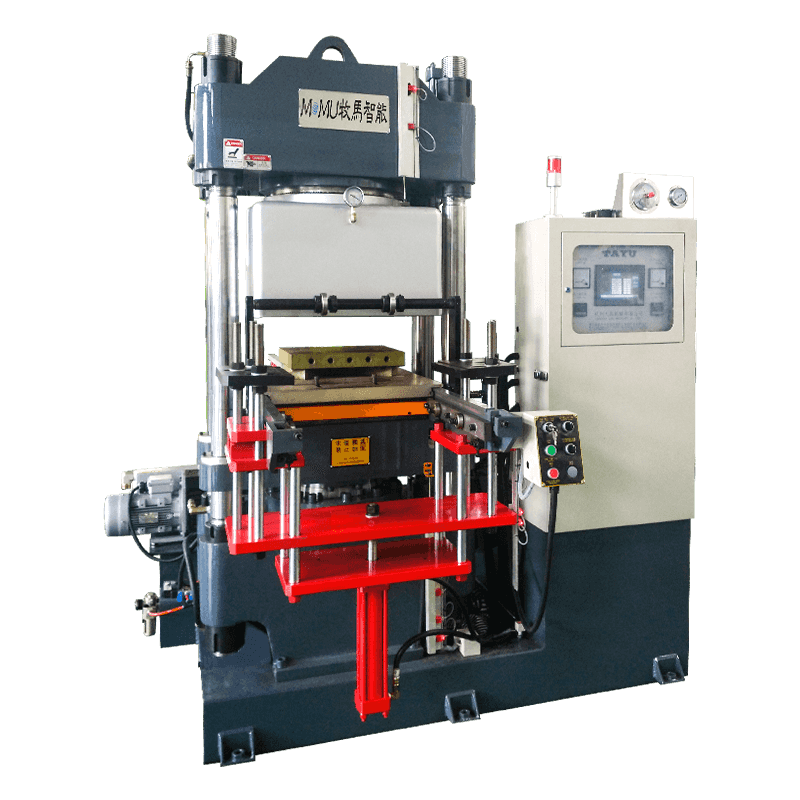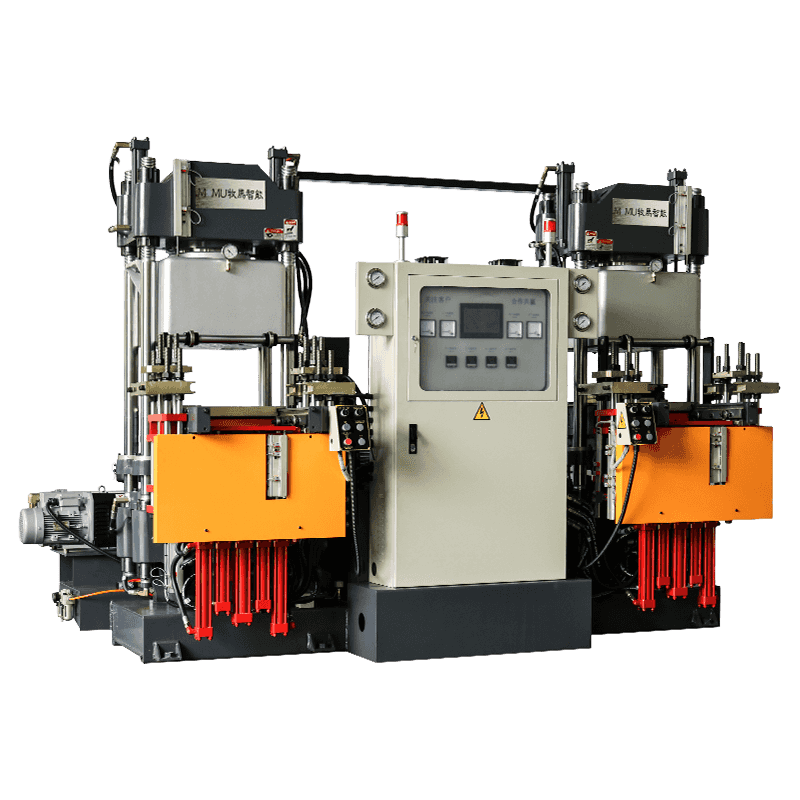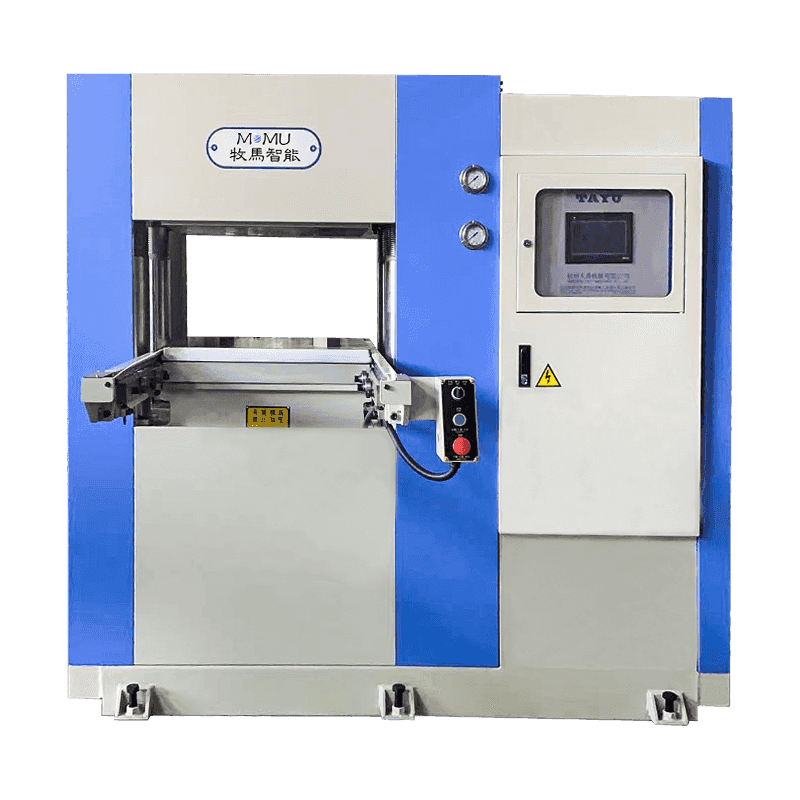In the modern world of manufacturing, injection molding has emerged as a key technology used to create precise, high-quality parts for a wide range of industries. The rubber injection molding machine plays a crucial role in the production of rubber components used in industries such as automotive, electronics, medical devices, and consumer goods. This machine is designed to provide efficiency, precision, and flexibility in the manufacturing of rubber products, making it an indispensable tool for manufacturers around the globe.
The basic process of rubber injection molding machine involves several key stages:
The raw rubber material, often in the form of rubber granules or liquid rubber compounds, is loaded into the machine's hopper. In some cases, additives like curing agents, fillers, or colorants are mixed into the rubber to achieve desired material properties.The rubber material is then heated inside a barrel, typically by means of electric or hydraulic heating. As the rubber softens and melts, it becomes ready to be injected into the mold.
Once the rubber is adequately heated, it is injected into a mold cavity under high pressure. The injection unit of the machine is responsible for delivering the molten rubber material with precision, ensuring that the mold is completely filled and that the material takes the correct shape.After the mold is filled, the rubber undergoes a curing process, also known as vulcanization. This involves the application of heat and pressure to cross-link the rubber's molecular structure, turning it from a soft, pliable material into a durable, heat-resistant product. The curing process can take several minutes, depending on the type of rubber and the complexity of the mold.
After curing, the mold is opened, and the finished rubber part is ejected. Any excess material, such as flash or runners, is trimmed, and the part undergoes any necessary post-processing steps, such as surface finishing or assembly.
![]()
Rubber injection molding machines are equipped with advanced control systems that allow operators to fine-tune the injection speed, pressure, temperature, and curing time. This level of control ensures that each part produced meets the desired specifications and quality standards. One of the standout features of rubber injection molding machines is their ability to produce high volumes of parts quickly and efficiently. The injection process is highly automated, reducing the need for manual labor and speeding up production cycles. This makes rubber injection molding machines ideal for mass production runs.
Rubber injection molding machines are capable of producing parts with highly complex geometries and intricate details. The ability to create detailed and precise molds allows manufacturers to design parts that may be difficult or impossible to produce with other molding methods.These machines can accommodate a wide range of rubber materials, including natural rubber, synthetic rubber, silicone, EPDM, and more. This flexibility allows manufacturers to choose the optimal material for each application, ensuring that the final product has the desired properties, such as flexibility, durability, or heat resistance.
Modern rubber injection molding machines are equipped with automation features such as robotic arms for part ejection, material handling systems, and quality inspection mechanisms. These automated processes improve overall efficiency, reduce human error, and ensure consistent part quality.
The highly controlled injection process results in parts that are consistently accurate in dimensions and appearance. This precision is particularly important for industries that require tight tolerances and reliable performance, such as automotive and medical device manufacturing.
Rubber injection molding machines are capable of producing large quantities of parts in a shorter time compared to traditional molding methods. The rapid heating, melting, and injection processes reduce production time and increase overall efficiency, leading to reduced lead times and lower costs.
The injection molding process minimizes material waste by using only the amount of rubber needed to fill the mold. In contrast, other molding processes may produce excess material or require additional post-production trimming.
While the initial cost of purchasing and setting up a rubber injection molding machine may be high, the efficiency and speed of the process make it a cost-effective solution for large-scale production. The ability to produce parts at high volumes with minimal waste and downtime helps to lower the overall cost per part.
Rubber injection molding allows for more creative and complex designs compared to traditional molding methods. The high level of control over the material and molding process enables manufacturers to create custom parts with unique shapes, textures, and features.





